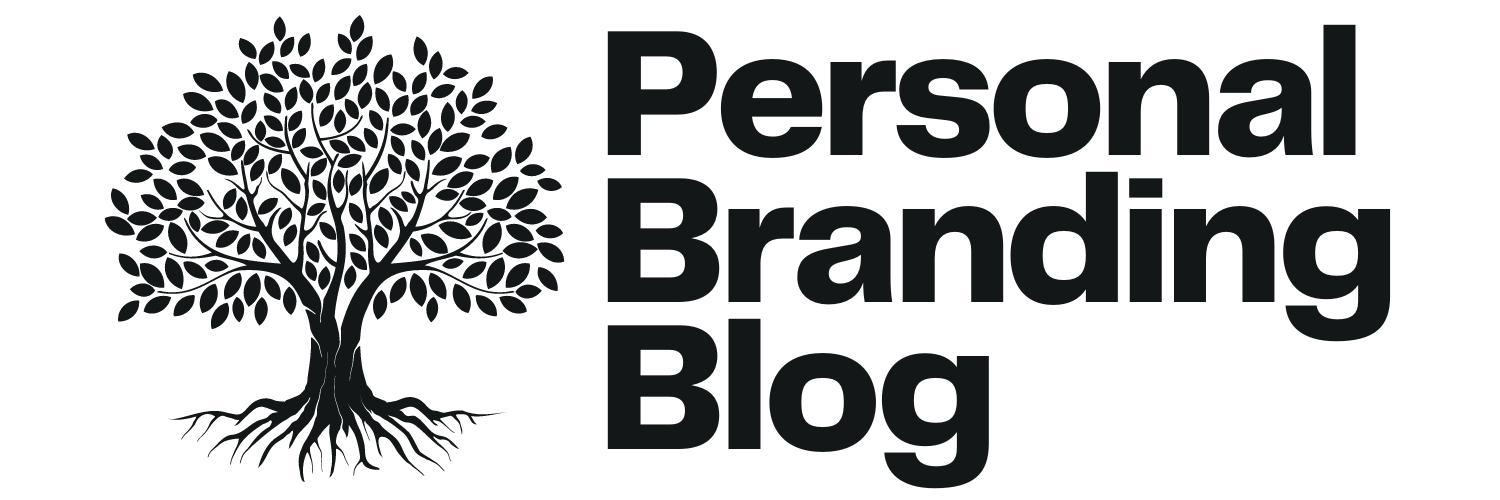Have you ever clicked on an online ad so fast you didn’t even realize what you were doing?
I’ve been there more than once. Sometimes, I’ll be scrolling through social media or browsing a website, and an ad just grabs my attention in a way that others don’t.
It’s like my curiosity is suddenly sparked, and I can’t help but want to learn more.
These aren’t accidents. They’re carefully crafted pieces of marketing genius.
They tap into emotions, instincts, and subtle cues most of us don’t even notice on a conscious level.
Today, I want to share the strategies behind these kinds of ads—what makes them nearly impossible to resist and why we end up clicking “learn more” or “buy now” faster than we might admit.
I’ll break down five secrets top marketing experts rely on to make you feel this irresistible pull.
1. They trigger specific emotions to form instant connections
One of the biggest reasons certain ads stand out is because they tap into our emotional landscape.
I’ve always been fascinated by how an ad can make me feel nostalgic, excited, or even a little guilty—emotions that practically steer me toward action.
Brands like Coca-Cola, for example, are well known for tying their messaging to shared feelings such as happiness and community.
Psychology shows that emotion-based appeals can shape our thinking far more powerfully than pure logic or data.
In my early days at a global marketing agency, I worked on a campaign for a lifestyle brand that wanted to evoke the carefree joy of summer.
We included cheerful images of friends at the beach, bright colors that felt warm, and a soundtrack that instantly reminded people of a relaxed vacation.
The effect was massive.
Sales spiked because people weren’t just seeing a product, they were feeling a vibe they craved.
When customers experience an immediate emotional bond, they’re more likely to trust the brand and follow through on a purchase.
It might seem obvious—who wouldn’t want to feel good, right?
- “Some people turn heads forever” – 4 zodiac signs who stay good looking as they get older - Parent From Heart
- 5 habits to adopt today to prevent feeling lost and unhappy in your retirement years (I wish I had known these earlier) - Global English Editing
- 5 signs you have the potential to be very successful, but you lack the discipline to unlock it - The Blog Herald
But it’s that emotional nudge that often tips the scale from mere interest to genuine desire.
2. They offer a sense of reciprocity that’s hard to ignore
Have you ever received something unexpectedly and felt the urge to give back?
That’s reciprocity in action.
It’s a concept Adam Grant sometimes touches on, describing how people are more inclined to offer help or support if they’ve benefited first.
Top marketers use this principle by giving away freebies, trials, or exclusive content before asking for a sale.
I’ll admit, I was first drawn to an app for organizing my to-do list because it had a stellar free version.
I used it for a few weeks, and when I found it genuinely helpful, I didn’t hesitate to upgrade to the premium plan.
Why?
Because I’d already gained value, and investing further felt like a fair exchange.
From a branding perspective, this approach builds trust.
When an ad promises a free guide, a free course, or a sample product, it essentially says, “We believe in what we’re offering, and we want you to experience a piece of it without any risk.”
You get pulled in because it feels like a win-win.
Even as a marketer, I still find myself clicking on ads that promise free insights—I’m all for expanding my knowledge and skills.
And the bonus is that it never feels pushy or desperate.
It’s simply a brand leading with generosity.
3. They use social proof to validate your curiosity
Imagine seeing two new coffee shops on the same block.
One is packed with people chatting and sipping away. The other is empty.
Which one would you be more inclined to try?
Chances are, you’d gravitate toward the busy one.
That’s social proof: the psychological nudge that tells us if other people like something, it’s probably worth checking out.
In advertising, it often shows up as a testimonial, a five-star rating, or an endorsement from someone we admire.
I’ve personally clicked on ads just because a friend or a respected figure in my field endorsed the product.
Brands leverage these forms of social proof so effectively that it’s hard not to take a second look.
The positive buzz from real users or well-known influencers can quiet our inner skeptic.
Plus, social proof eases that gnawing worry about making a bad purchase. If loads of people already love it, we assume we will, too.
And since so many of us are short on time, that shortcut can be a game-changer.
4. They tell a story that resonates on a personal level
Do you recall an ad that left you hanging until you found out the ending?
That’s the magic of storytelling.
We’re wired to respond to narratives—stories engage both our hearts and minds, weaving messages that stick with us long after the ad ends.
It might be a story of someone overcoming a challenge, finding success, or navigating a relationship hurdle.
I’ve created campaigns where we focused less on the product itself and more on the journey of a character who represents the brand’s ideal customer.
We’d show their struggles, their growth, and ultimately their success.
In the end, the product would act as the catalyst for their transformation.
Ads that manage to do this effectively reel you in because they mirror parts of your own story. You see a reflection of your ambitions, your fears, or your triumphs.
Simon Sinek has talked at length about how people don’t just buy what you do, they buy why you do it.
Storytelling is exactly how brands communicate that “why.”
When done right, it’s no longer just a product ad—it’s a mini movie about hope, ambition, or renewal.
And if that storyline intersects with your life experiences, you’re almost guaranteed to feel a connection that can guide you straight to that “Buy Now” button.
5. They personalize the message to feel tailor-made for you
Think about the last time you were shopping online and saw ads popping up with items strangely similar to what you’d been browsing.
It might feel a bit invasive, but it’s also incredibly effective.
Marketers like to call it “personalization,” but to the consumer, it often just feels like the ad is speaking directly to them.
And that’s usually enough to pique curiosity.
There’s a reason so many tech giants pour money into data analytics and algorithms—they want to know what you like, what you dislike, and what might tempt you.
I remember reading an article in Forbes that discussed how personalization significantly boosts click-through rates and conversions.
As someone who works in personal branding, I know that feeling seen and understood is a powerful driver of trust.
When I sense that an ad genuinely reflects my interests, I’m far more inclined to take the next step.
It doesn’t have to be complicated either. Even small gestures, like using my name in an email subject line or highlighting items I viewed previously, can create a sense of familiarity.
When an ad moves away from a generic, one-size-fits-all approach, it’s easier to believe the brand might actually care about meeting my needs.
A quick exercise to try for your own brand
If you’re curious about applying these strategies to your own personal or professional brand, I suggest doing a mini “ad audit.”
Over the next few days, pay attention to the ads that catch your eye—be it on social media, TV, or billboards.
Ask yourself: Which emotional triggers are they using?
Are they offering anything up front (reciprocity)?
What kind of social proof do they show?
Is there a compelling story?
And does the ad feel customized?
Jot down your observations.
Then think about how you can weave these elements into your own messaging.
Even if you’re just marketing yourself for a new job or promotion, these principles can be adapted to communicate your unique value in a way that resonates.
Wrapping up
As you can see, crafting an irresistible ad involves a blend of psychology, creativity, and real-world data.
The beauty of these insights isn’t confined to major brands or big budgets.
If you’re building your personal brand or trying to make a memorable impression in any capacity, you can adapt these same tactics.
Think about what makes you click, and let that inspire how you connect with your own audience.
When you’re genuine, generous, and willing to tell a compelling story, you can capture attention in a way that feels meaningful—not manipulative.
And in today’s fast-paced world, that authenticity is what sets you apart.









